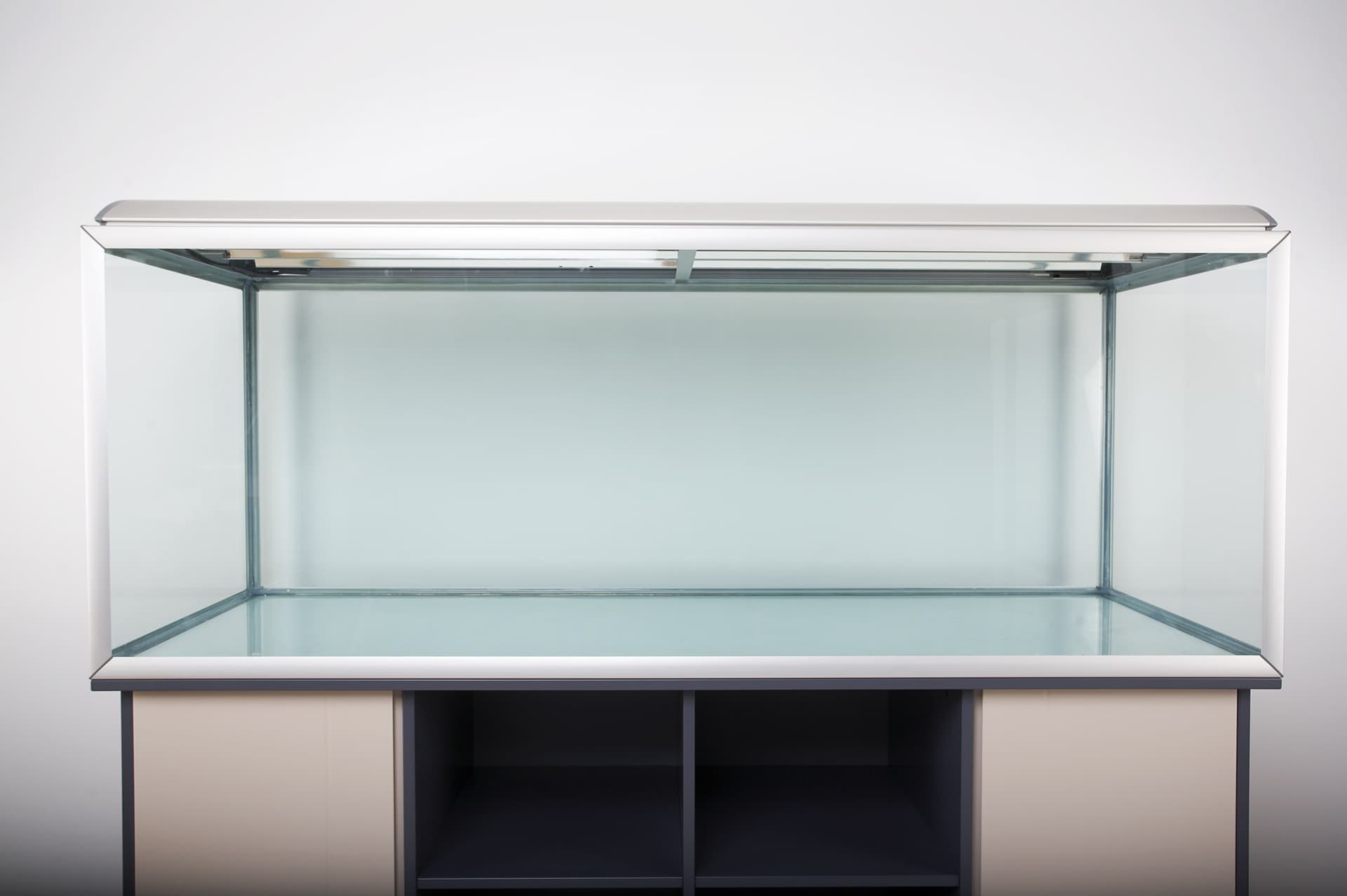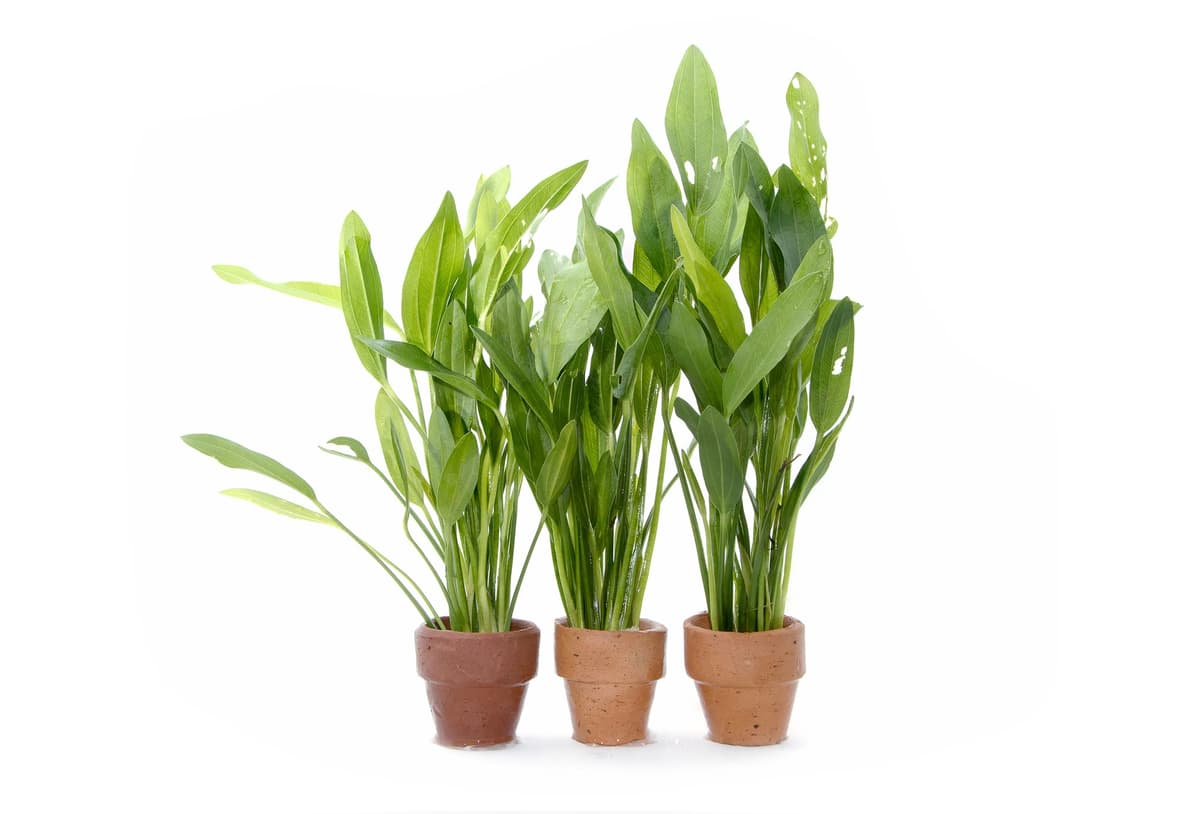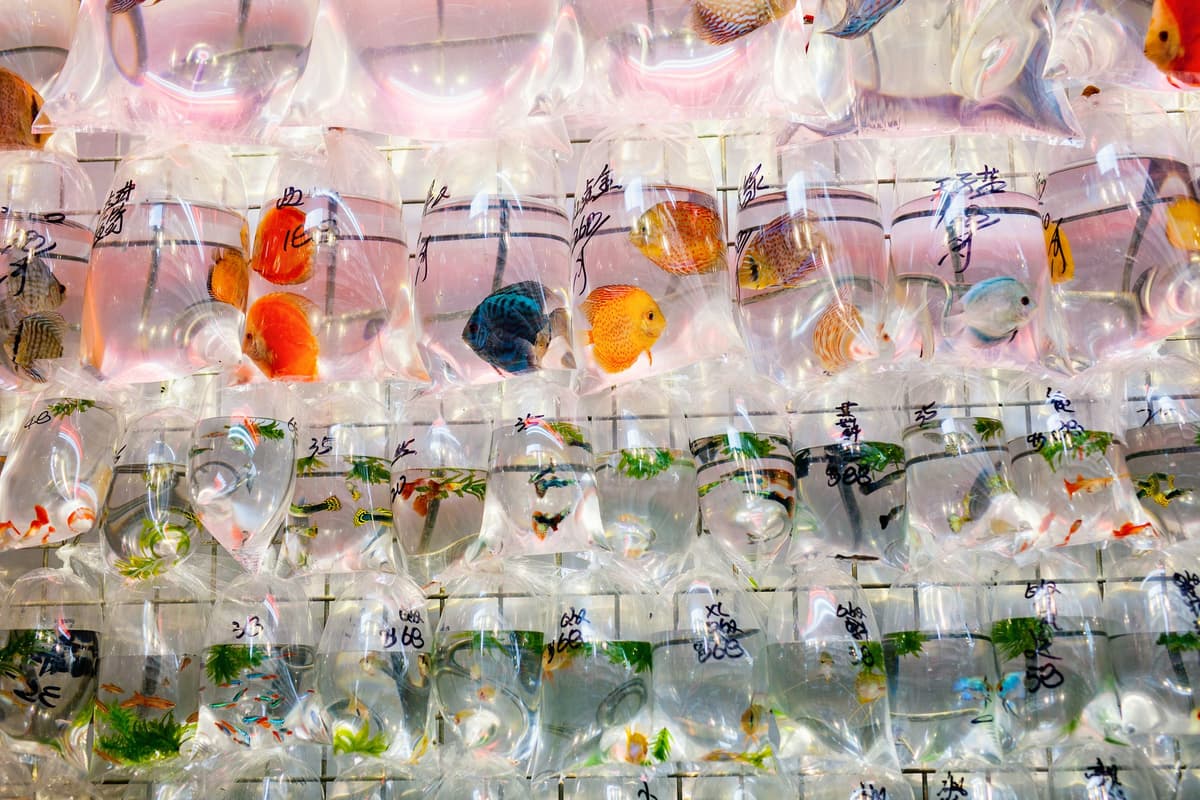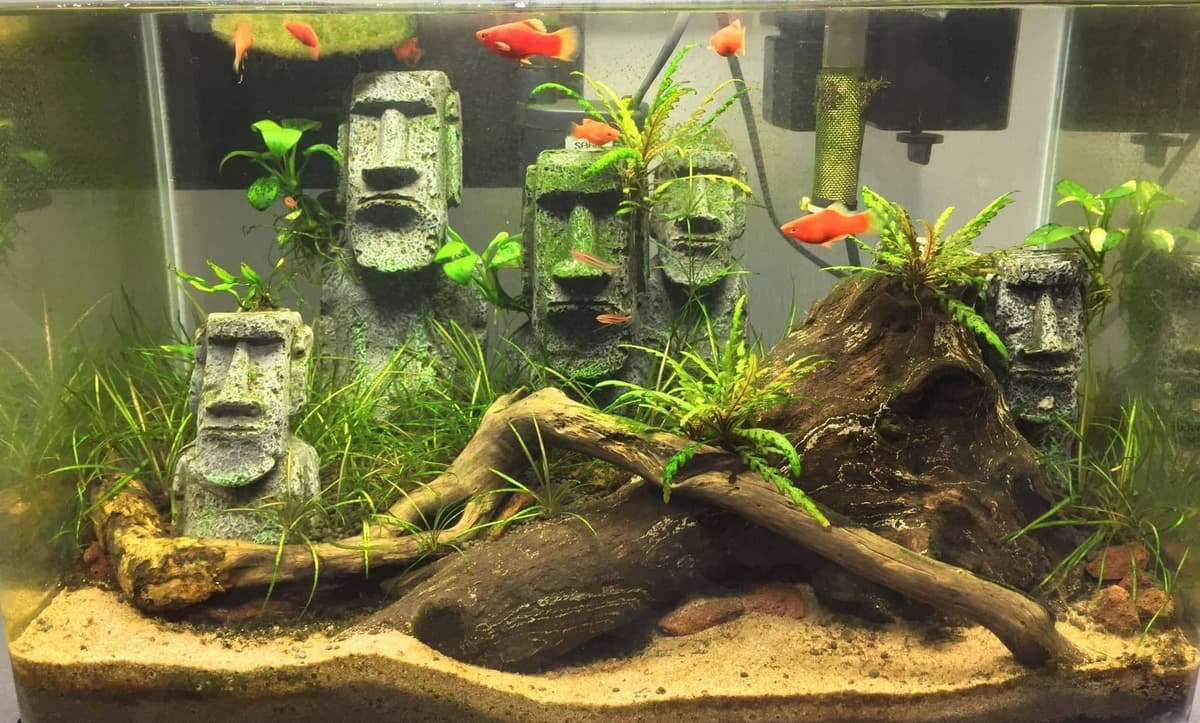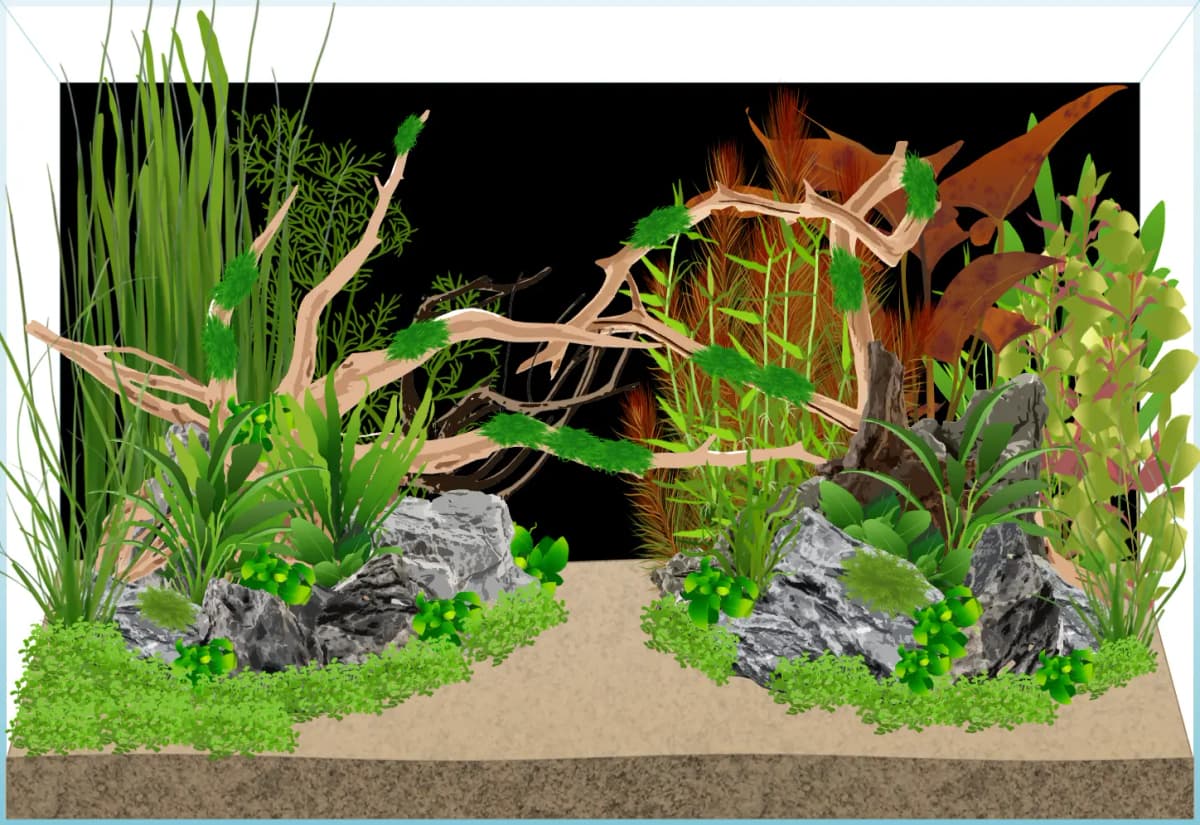So, you have committed yourself to the fish life, congratulations! You've bought your shiny new fish tank but what now?
To help establish a healthy and clean environment for your new members of the fish family, we have arranged a step-by-step guide on setting up your fish tank. Plus, we discuss all the critical information about your tank, the tank cycle (nitrogen cycle), and the necessary products.
Ensuring you set up the aquarium correctly can save you a world of pain down the line. Our goal is to help you not make the same beginner mistakes we did!
Things you need before you start your aquarium
Before unboxing your tank, make sure you’ve got everything:
1. Aquarium & Stand (recommended size ~20 US gallons / ≈ 75 L):
Beginners often find smaller tanks more challenging due to rapid changes in the water parameters. A larger volume offers greater stability and makes maintenance easier
If you haven't selected one yet I'd strongly recommend the UNS 60U, a 20 gallon rectangular rimless aquarium. You can buy it here from Glass Aqua (affiliate link).
2. Filter, Heater, Light & Thermometer: Most experts recommend a filter that can turn over 4-6× your tank’s volume per hour, this will help establish better oxygenation and cleaner water.
For example if you have a 20 gallon aquarium, you should aim to buy a filter that has a flow rate of 100 GPH (gallons per hour).
3. Substrate & Decorations: Remember to rinse gravel and ornaments without soap to remove dust and coatings.
4. Water Conditioner & Starter Bacteria Additive: Tap water often contains chlorine or chloramine that’s toxic to fish—conditioners neutralize it instantly. Quick starters help speed up the nitrogen-cycle process.
5. Test Kit: You'll want test kits to monitor the pH, ammonia, nitrite, and nitrate levels in your aquarium.
For a full gear checklist, explanations, and equipment tips, see our Complete Aquarium Checklist.
Step by Step guide to setting up your fish tank
1. Remove the aquarium / fish tank from the box
Cautiously remove your tank from its box and place it in a safe place. Build your stand (if necessary) at this point.
While you can easily reach the back of the aquarium, add your aquarium background if you've purchased one.
If your tank comes with a light, make sure it's working by plugging it in and turning it on. You must clean the inside of the tank with a damp cloth (no soap) after its placement to ensure there is no dust.
2. Put your tank / aquarium in position
Once you've built your stand and added your background, place your tank in its designated area. Doing this will now be much easier and safer than when it is full of water and is very heavy.
Keep it out of direct sunlight. This will help prevent algae from taking over your whole fish tank.
Make sure the surface you're placing it can withstand the weight. Don't place a 150lb aquarium on your little wooden desk. You can use an aquarium calculator to estimate the weight of your aquarium once it's full.
Tip: Check to see if your tank came with a level mat. Place this underneath to ensure a level aquarium. This is important and will help prevent cracking! If a mat was not provided you can always use a thin bit of foam.
3. Place your ornaments and substrate
With some hot water (no chemicals or soaps), thoroughly rinse the gravel and any ornaments you may have purchased. This will ensure that they are free of dust and paint.
First, lay your substrate (gravel or sand) in a 2-inch-thick layer across the tank. Try to keep it fairly level, with a gentle slope up to the back. This will give a sense of depth to the aquarium.
Then you can place your decorations (rocks, wood and ornaments) carefully into the tank, adding the stones first and then the wood. Be careful when dropping in stones, the last thing you want to do is crack the tank.
Make sure everything is firmly in place, if you are using rocks you do not want them to tip over and accidentally kill one of your fish. Be careful of stacking them on top of each other.
4. Set up your equipment
Now you can add your filter and heater to the tank. There are a few different types of filters so set up your filter following the instructions.
You can hide these behind your decorations for a cleaner look.
If you want to keep tropical fish then a heater is a must. It will help regulate the temperature for your fish. Use our fish database to find out what temperature you should aim for.
But do not turn these on just yet! You must wait until the tank is filled with water.
5. Place your plants
Next, fill your aquarium with a little bit of water. This will make the substrate wet and help prevent the plants from floating up when you fill it completely.
Plant hardy varieties like Java fern and Anubias immediately. These plants absorb nitrates and add oxygen, making them ideal companions to beneficial bacteria.
Plants will help speed up the cycling of your tank providing surface area for bacteria to grow.
Top tip: They also provide excellent space for your fish making them feel at ease and swim more naturally.
For a full list of beginner plants check out our top 9 beginner plants guide
6. Fill up your tank with tap water
You may want to use a water hose if possible. Begin filling the tank slowly to avoid clouding from the gravel.
Tip: Place a plate at the bottom of your tank on the gravel in order to stop the water from stirring up your substrate.
7. Add treatments
Add your water conditioner immediately after filling the tank. This will prevent chlorinated water from reaching your filter.
Read all the instructions on your treatment bottles to add the correct dose to your tank. Add all treatments correctly.
You should use water conditioners to treat the chlorine in your tap water and quick starters to establish beneficial bacteria.
Important: It is absolutely essential to use water conditioner (dechlorinator) as it removes the chemicals (chlorine or chloramine) added to tap water to make it safe for us to drink - but not safe for fish!
8. Turn on the filter
Now is the time to turn on the filter in your tank.
It isn't necessary to turn your heater just yet. A fish tank can still be cycled with cold water so the water only needs to be the correct temperature when adding the fish.
However if you live in a cold climate then it might be worth turning the heater on low to aide the growth of healthy bacteria.
Important tip: DO NOT turn on your electrical equipment until the aquarium is completely filled with water. Otherwise you can destroy the motor in your filter or the heating element can burn out.
Why do I need to turn the filter on?
Turning on the filter allows the bacteria to begin to grow in the filter media. This is how you cycle your aquarium and make it safe for fish.
9. Begin the tank cycle
Let your aquarium cycle and create a healthy and clean biological ecosystem before adding any fish. Without quick starters which contain live bacteria this can take up to a month as the bacteria slowly builds up.
You can also start the cycle by adding a good pinch of fish food to the water; this will break down into ammonia, and the products that promote bacteria will begin to work.
By allowing a healthy environment to develop, you will decrease the chance of your tank suffering from New Tank Syndrome.
What is new tank syndrome?
A toxic buildup of nitrite and ammonia caused when adding fish too soon to an uncycled aquarium.
What does cycling your tank mean?:
A cycled tank contains healthy bacteria capable of carrying out the nitrogen cycle. Without these bacteria, the water will become toxic and fatal to the fish. So a cycled tank is simply an aquarium with a healthy nitrogen cycle.
The number 1 beginner mistake is adding fish before an aquarium is cycled.
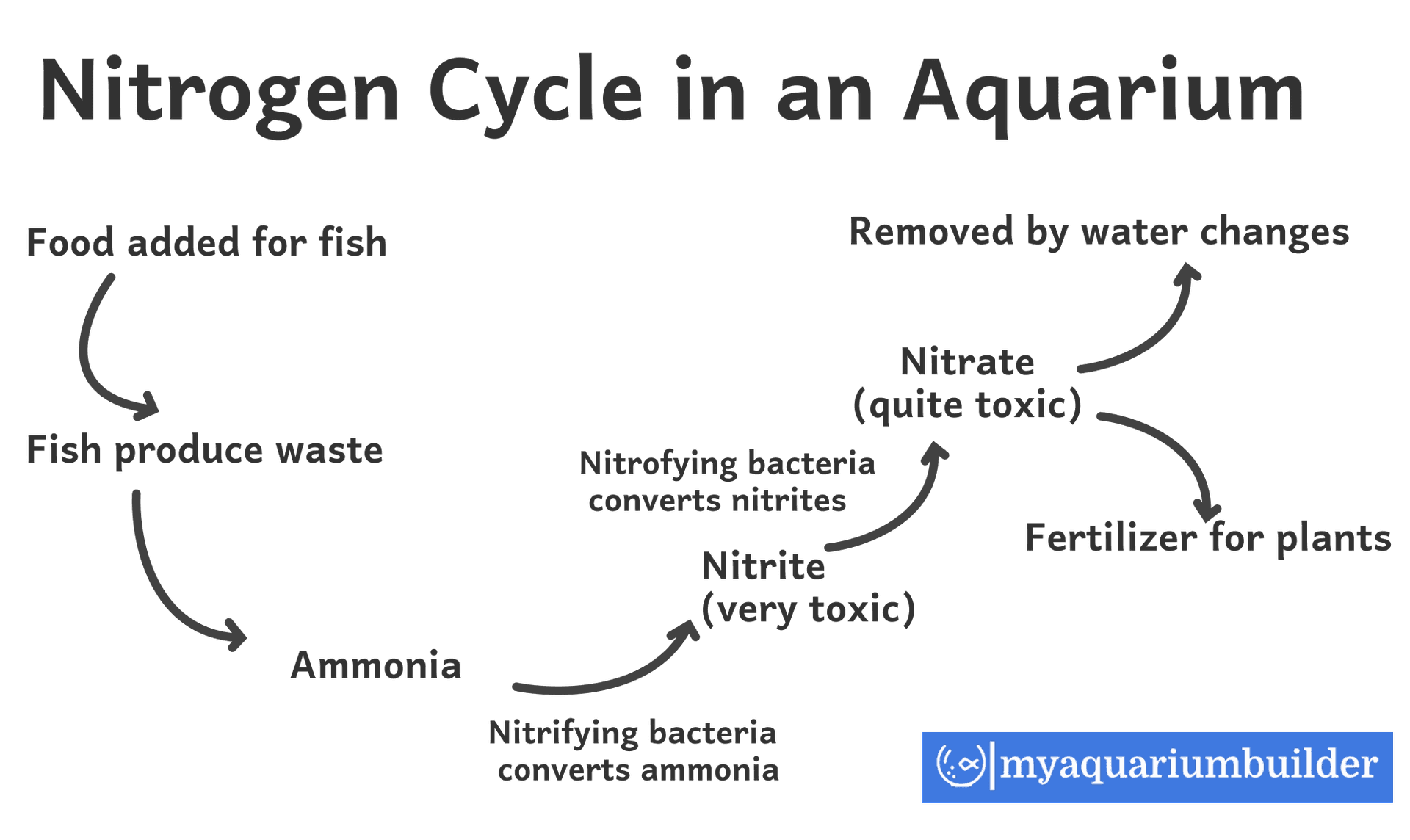
You've set everything up, what's next?
Congratulations, you've set up your first tank! But the journey's not over yet. Here's a few things to consider going forward.
Regularly test the water
Use your water test kit to check the water parameters are ready for fish. The test kit should come with instructions to know when your tank is cycled.
If you don't have a test kit you could also take the opportunity to bring a sample of the water from your tank (approximately 100 ml, in a clean container with a lid) to your local pet store for free water quality tests.
If these results are positive, it's time to buy some fish family members.
Important tip: don't stop testing your water now. Water parameters can change throughout the year, it's always good to perform regular checks to ensure nothing has gone wrong.
Stocking Your First Fish
Turn on your heater and wait for the water to reach the required temperature for your fish.
Aquarium heaters aren't very strong so this could take a few hours, so plan accordingly before purchasing your first fish.
Add fish only when test results show 0 ppm ammonia, 0 ppm nitrite, and measurable nitrate (ideally under ~40 ppm).
Start with just a few fish, waiting at least a week or more before adding more. Common beginner choices include danios, cherry barbs and corydoras — these are all small, hardy, and great schooling fish.
More species guidance is available in our top 10 Fish for beginners guide.
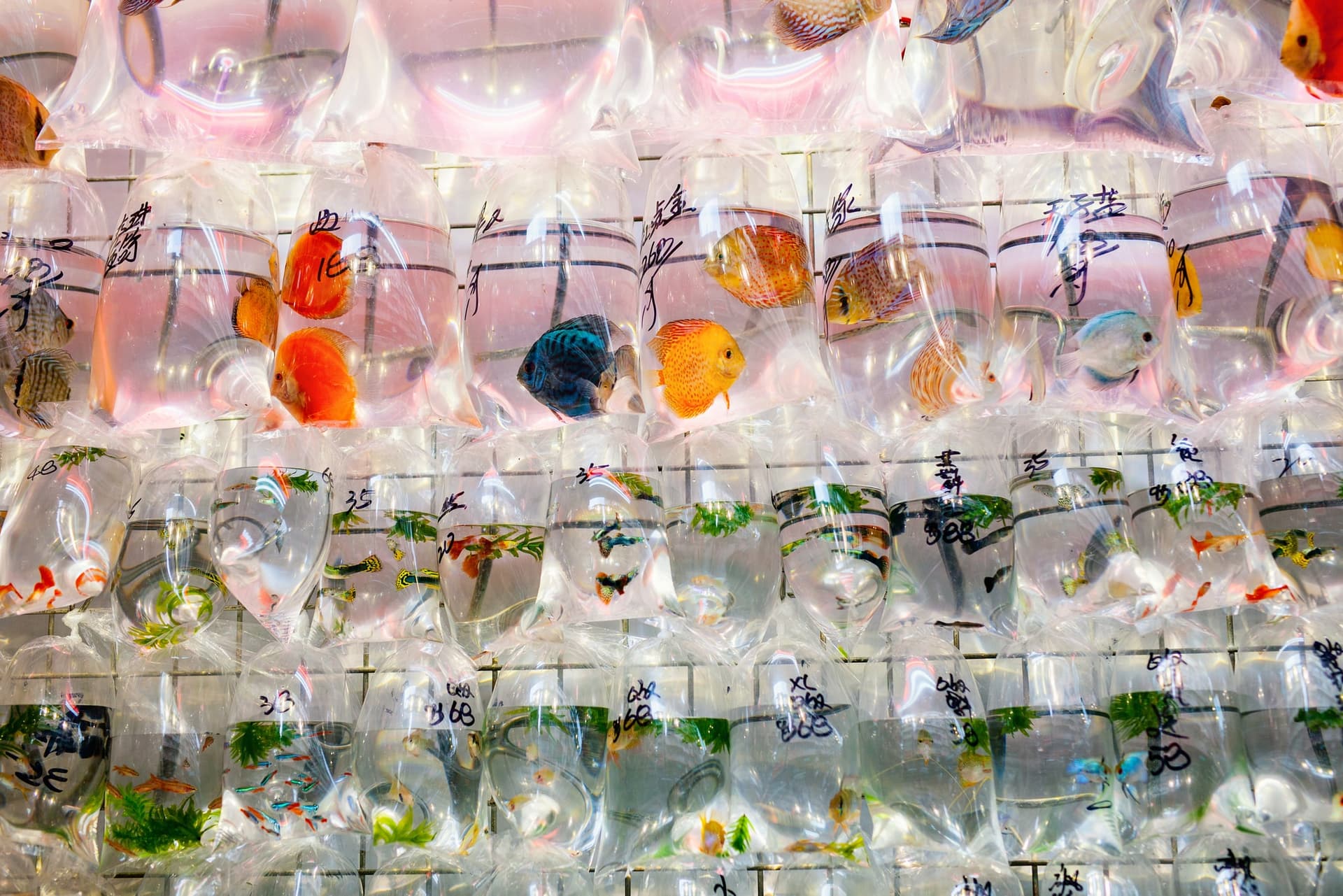
Once you've added fish to your new tank, the waste produced by fish will cause more ammonia to appear. But the beneficial bacteria your tank now hosts will continue to consume the dangerous waste.
However, it is essential to keep a good eye on the tank while your fish are becoming accustomed to the new environment. Reacting to any necessary changes will help keep your fishy family members healthy and safe.
Keeping everything happy and thriving
Now you must start planning your maintenance routines. This might feel like a chore but is vital for your aquarium.
You've got to feed the fish, trim the plants, do water changes and clean the filter. Follow our aquarium maintenance guide for an in-depth guide of how and why you need to do this.
Ready for More?
Go slowly and enjoy the process – learning and observing is half the fun of fishkeeping. Don’t be afraid to ask for advice at your local aquarium store or online communities if you have questions or run into issues. The aquarium hobby has a welcoming community, and continuous learning is part of the journey.
Once stable, explore our Comprehensive Aquascaping Guide for layouts and plant design ideas. Ready to take your aquarium to the next level with a large community tank or themed aquascape? Your detailed guides await.
